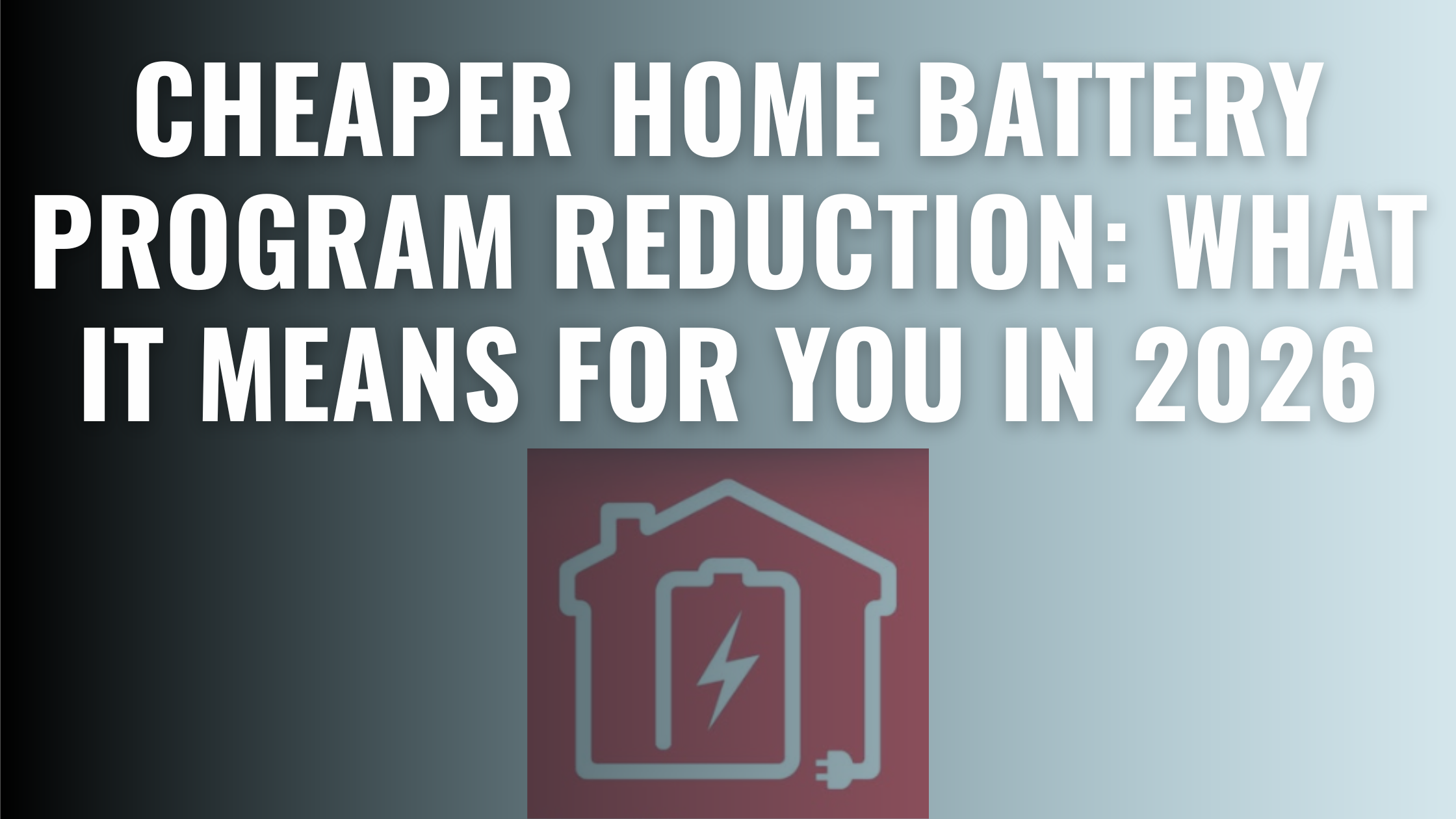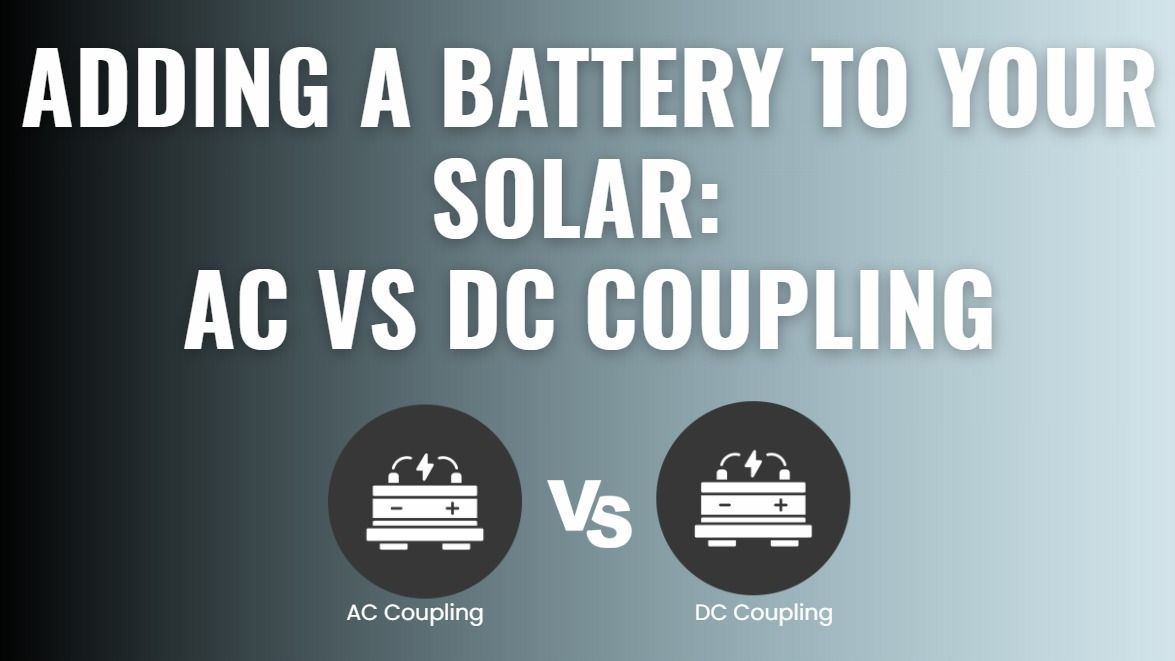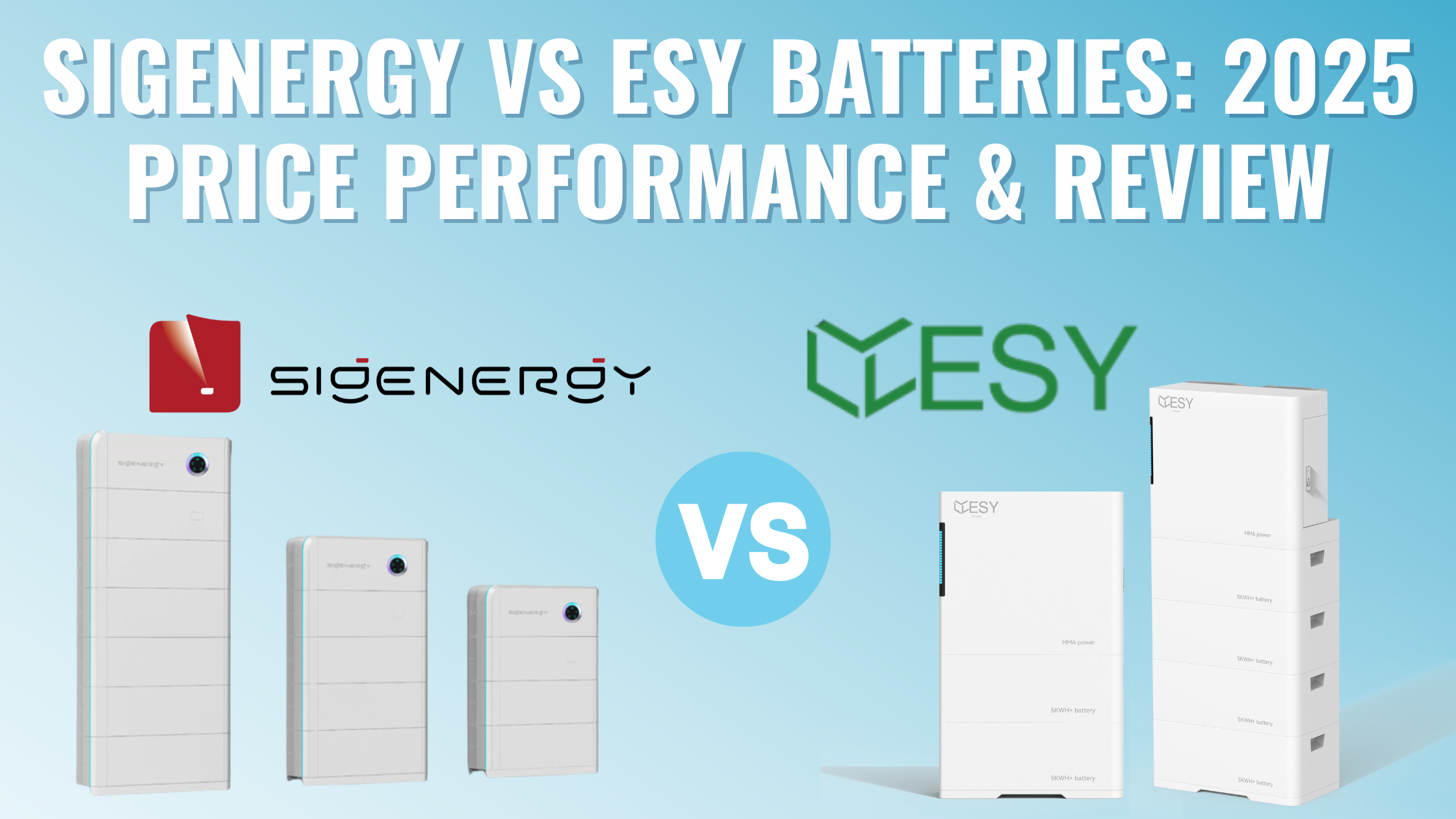
Written by Donna Wentworth
Last Updated: August 1, 2025
Sigenergy vs ESY Batteries: 2025 Price & Performance Review
Not every home needs the “best” battery on the market. Some just need one that fits the power bill — and the budget.
If you’ve been tossing up between Sigenergy’s premium SigenStor and the more affordable ESY Sunhome, you’re not alone. They’re two of the most talked-about batteries in Australia right now, and for good reason — they’re both modular, and both stack neatly to give you serious energy storage.
But here’s the thing: they’re not built for the same buyer. Sigenergy offers cutting-edge flexibility, full-home three-phase backup, and even EV-to-grid capability. ESY? It skips the bells and whistles for a lower price point and faster payback — however, comes with a few real limitations you need to know about.
At Lenergy, we’ve installed both — and we’ve seen exactly where each battery shines (and where it doesn’t).
In this guide, you’ll get a clear, side-by-side breakdown of Sigenergy vs ESY — from specs and performance to VPP compatibility, pricing, and who each battery is actually right for in 2025.
- Sigenergy vs ESY at a Glance
- ESY Sunhome Battery Review
- Sigenergy SigenStor Battery Review
- Side-by-Side Specs & Features Comparison
- Performance, Backup & VPP Compatibility
- Price & Payback: Which Offers Better Value?
- Which Battery Should You Choose?
Sigenergy vs ESY at a Glance
If you’re deciding between Sigenergy and ESY, here’s the bottom line:
- Sigenergy is the smarter, stronger, future-ready system. It suits high-usage homes that want full control, full backup, and full flexibility.
- ESY is the affordable alternative. It’s best for smaller households with single-phase power, modest daily usage, and no need for whole-home backup or EV features.
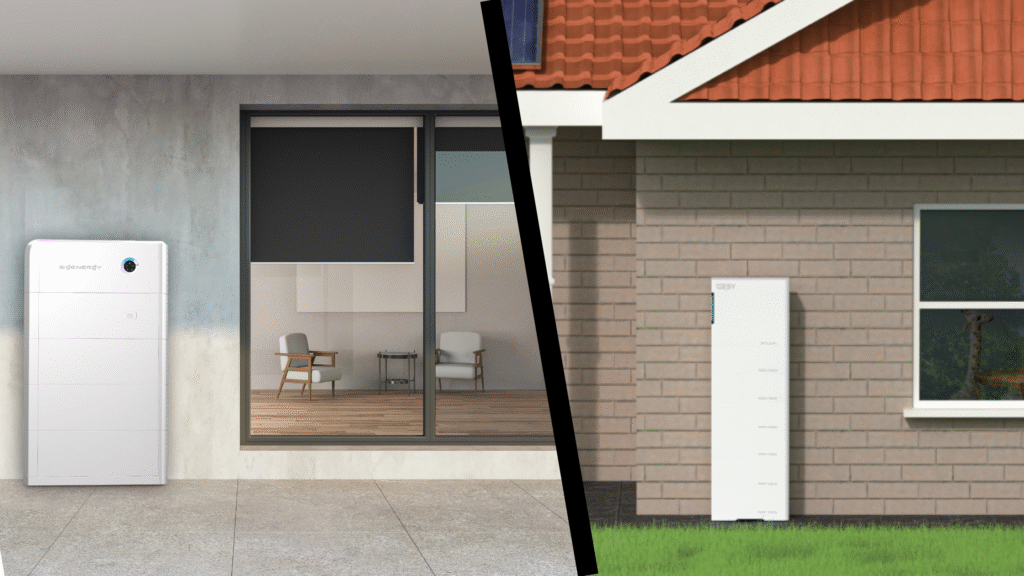
Here’s a quick visual breakdown:
| Feature | Sigenergy | ESY |
| Modular Design | Stackable up to 48kWh | Stackable up to 30.72kWh |
| Hybrid Inverter | Built-in, 1P or 3P | 6kW, single-phase only |
| Max PV Input | 16kW+ supported | 8kW limit |
| EV Charging | AC + DC (V2G ready) | Not supported |
| VPP Compatibility | Eligible (with rebate in NSW) | Limited (not yet approved) |
| Climate Performance | Heated battery | Heated battery |
| Best For | Large, complex or high-usage homes | Smaller homes <27kWh/day |
| Price | Premium | Budget-friendly |
In short:
- Choose Sigenergy if you want the best tech and flexibility.
- Choose ESY if you want a fast payback and don’t need advanced features.
ESY Sunhome Battery Review
If you want a battery that simply stores your solar and saves you money — without all the extras — the ESY Sunhome makes a strong case in 2025.
It’s a modular lithium iron phosphate (LFP) system that stacks in 5.12 kWh blocks, allowing up to 30.72 kWh of storage. It includes a 6kW hybrid inverter and is designed for single-phase homes. That alone makes it a good fit for average Aussie households — especially if your power usage is under 27kWh/day.
Explore the ESY Sunhome Battery
Key Strengths
- Affordability – One of the most cost-effective stackable batteries in Australia
- Simple integration – Works well with smaller solar setups
- Heated battery modules – Reliable even in cooler climates
- Modular build – Scale from 5.12kWh to 30.72kWh
Limitations
- Single-phase only – Not suitable for large homes needing three-phase backup
- 8kW PV limit – Can restrict solar generation on larger rooftops
- No EV charging – Not futureproofed for vehicle-to-grid
- VPP still pending – Limited eligibility for rebates in NSW (at time of writing)
Verdict
If you’re not chasing whole-home backup or cutting-edge tech — and you just want a battery that works, saves money, and pays back fast — ESY is a great option. However, if you need something more powerful or flexible, its limitations may show.
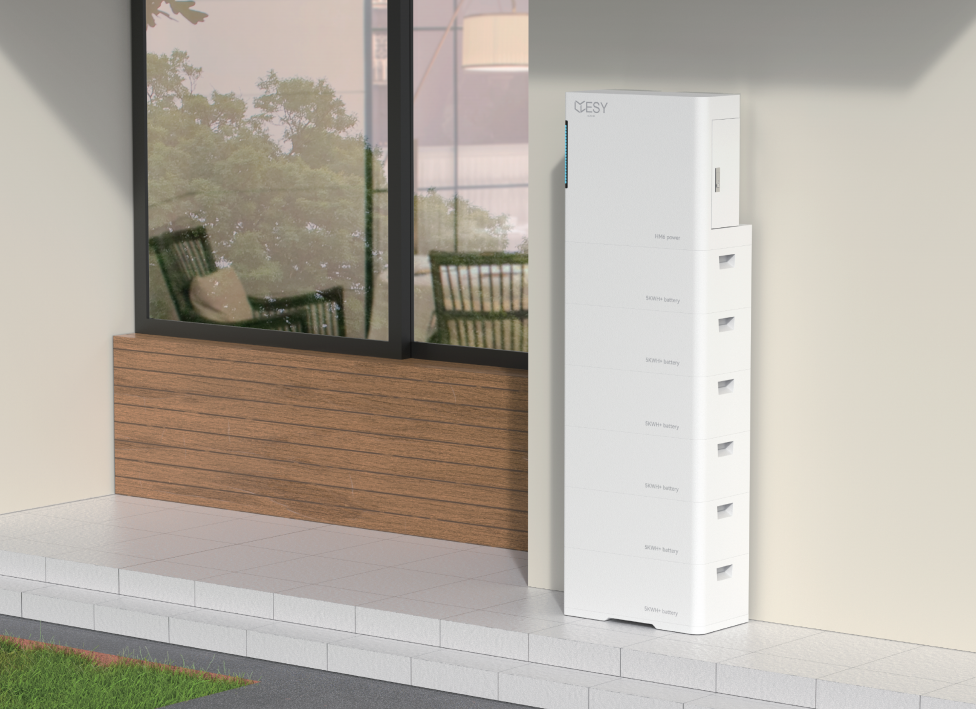
Sigenergy SigenStor Battery Review
Sigenergy’s SigenStor is what happens when a battery system is built for flexibility from the ground up. It’s modular, scalable, and comes with a built-in hybrid inverter that supports both single-phase and three-phase homes — a rare feature in 2025.
Each stackable module is either 5kWh or 8kWh, and you can go up to 48kWh per tower. It’s also one of the only batteries on the market with AC and DC EV charging, including support for vehicle-to-grid and vehicle-to-home. In short, if you’re building a future-ready home energy system, Sigenergy is hard to beat.
View the Sigenergy SigenStor Battery
Key Strengths
- All-in-one stackable tower — battery + inverter + optional EV charger
- 3-phase compatible — suits large homes and blackout protection
- Heated modules — ideal for cooler climates
- Smart monitoring — AI-powered energy optimisation via the mySigen app
- Up to 48kWh per tower — with parallel stacking for even more
- DC EV charging with V2G — futureproofed for emerging tech
Tech Snapshot
- Efficiency: 96% round-trip
- Operating Temp: –30 °C to 50 °C
- IP66 rating for weather protection
- Warranty: 10 years or 6,000+ cycles
Perfect For
- Large homes or those with complex energy needs
- Buyers who want smart energy management and automation
- Anyone wanting to participate in a VPP or claim full NSW battery rebates
- EV owners planning for V2H or V2G capability
Considerations
- Premium price point
- Requires Wi-Fi or optional 4G dongle for monitoring
- Overkill for small, single-phase homes with low usage
Verdict
Sigenergy is the better battery — hands down — if your budget allows for it. It’s built for flexibility, smart energy control, and full backup. However, if you don’t need those things, you might be paying for features you won’t use. At Lenergy, we strongly support Sigenergy for the right home or business.
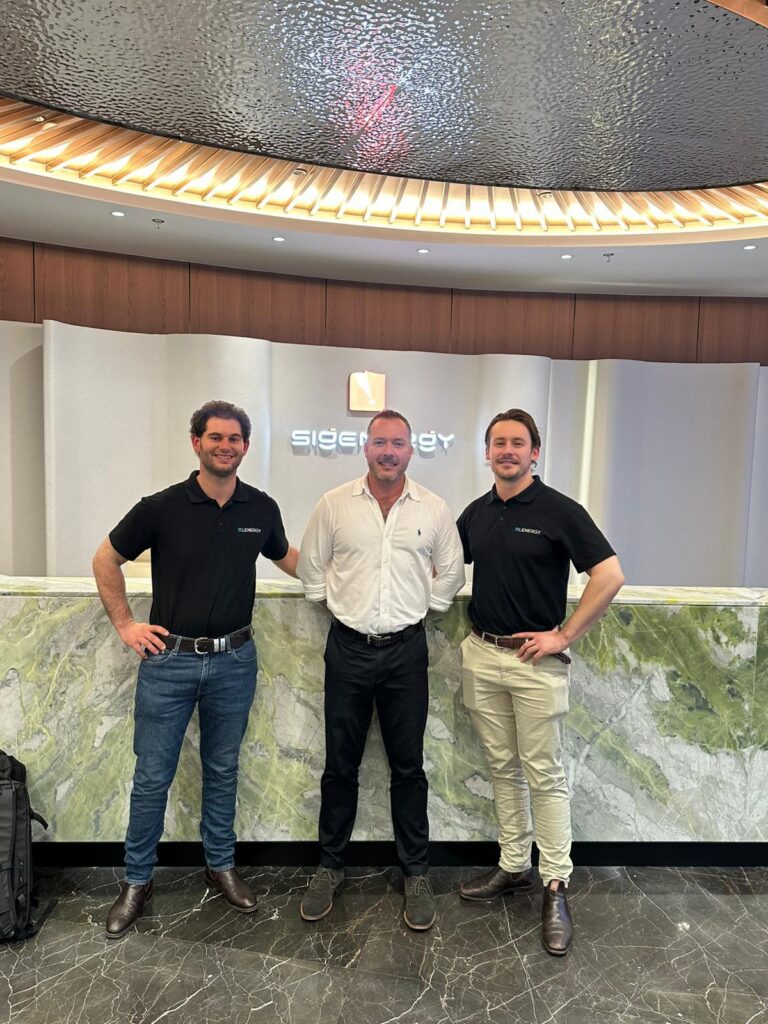
Side-by-Side Specs & Features Comparison
Here’s how Sigenergy and ESY stack up when you line up the technical details — from capacity and inverter size to backup support and EV readiness.
| Feature | Sigenergy SigenStor | ESY Sunhome |
| Battery Chemistry | LFP (LiFePO₄) | LFP (LiFePO₄) |
| Module Size | 5kWh or 8kWh | 5.12kWh |
| Max Storage per Stack | 48kWh | 30.72kWh |
| Hybrid Inverter | Built-in, 1P or 3P | Built-in, 6kW single-phase |
| Max PV Input | 16kW+ | 8kW |
| Efficiency | 96% round-trip | ~90–93% |
| Backup Support | Full-home, 3-phase capable | Partial circuits only |
| EV Charging | AC + DC (V2G ready) | Not available |
| Smart App/Monitoring | Yes (AI-optimised via mySigen) | Basic monitoring |
| Temperature Range | –30°C to 50°C | –25°C to 60°C |
| Ingress Protection | IP66 | IP66 |
| Noise | <25 dB | ≤25 dB |
| Warranty | 10 years / 6,000+ cycles | 10 years / ≥6,000 cycles |
What Stands Out
- Sigenergy supports large and complex installs, advanced automation, and VPP/V2G compatibility.
- ESY offers simplicity and affordability, but limits you to small-scale, single-phase installs — no three-phase, no EV, no VPP rebates (yet).
Performance, Backup & VPP Compatibility
When it comes to how your battery actually performs day-to-day — during blackouts, in a VPP, or through the changing Australian seasons — the differences between Sigenergy and ESY become more obvious.
Blackout Performance
- Sigenergy offers full-home blackout protection, even in three-phase homes. That means you can keep everything from fridges and lights to air con and hot water running during an outage — assuming your battery is sized correctly.
- ESY, on the other hand, can only support partial backup via single-phase. Typically, this means just essential loads like lights or your fridge — not the whole home.
VPP Compatibility
- Sigenergy is fully VPP-ready and eligible for the NSW battery rebate bonus when enrolled in a supported Virtual Power Plant program.
- ESY currently has limited VPP integration, with compatibility issues still being worked through with providers like Amber and Origin. That means no VPP cash-back at the time of writing.
Climate Performance
Both systems are strong performers in extreme temperatures thanks to heated battery modules — an important tick for anyone in cooler climates like Canberra or regional NSW. This feature ensures reliable charging even on freezing winter mornings.
Monitoring & Smart Energy Control
- Sigenergy offers AI-optimised energy use, automatic tariff shifting, and highly customisable settings via the mySigen app.
- ESY includes a basic monitoring app that shows charge levels and usage, but doesn’t offer the same depth of control or automation.

Price & Payback: Which Offers Better Value?
When it comes to value, ESY wins on upfront cost — but Sigenergy often wins long-term if you need more capacity, better backup, or want to take full advantage of VPPs and EV charging.
Typical Installed Prices (Before Rebates)
| System | Capacity | Approx. Installed Price |
| Sigenergy | 10kWh | $14,000–$15,500 |
| ESY | 10.24kWh | $9,000–$10,500 |
Add extras to Sigenergy (like EV charging or 4G dongle) and the gap widens further. However, rebates can help narrow that difference.
Rebate Eligibility
| Rebate | Sigenergy | ESY |
| Federal Battery Rebate | Eligible | Eligible |
| NSW VPP Rebate | Eligible | Not currently supported |
So while both can access the Federal rebate, only Sigenergy gets the extra NSW VPP incentive (up to $1,500 depending on battery size). That can bring the price of Sigenergy close to ESY — especially on larger setups.
Payback Period
- ESY typically pays back faster — especially for homes using under 27kWh/day and not needing whole-home backup.
- Sigenergy’s ROI is longer, but can be shortened by participating in VPPs, avoiding blackout stress, and using advanced features like tariff shifting and EV charging.
Summary
- Small usage, low budget? ESY is unbeatable on payback.
- Bigger usage, VPP goals, or futureproofing? Sigenergy earns its price over time.
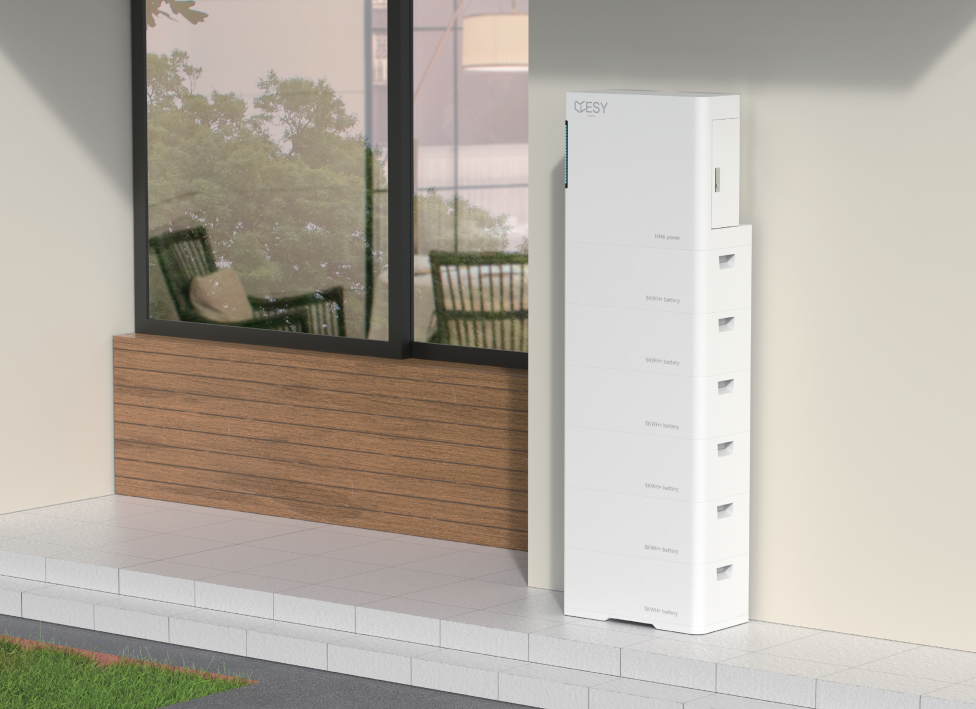
Which Battery Should You Choose?
Both Sigenergy and ESY are great batteries — but they’re built for different households.
Here’s a quick guide to help you decide:
Choose Sigenergy if:
- You want full-home blackout protection, including three-phase
- You plan to join a VPP and access extra NSW rebates
- You want smart energy features, AI optimisation, and detailed control
- You’re installing a larger system or want EV charging
- You’re happy to invest more upfront for a longer-term return
Learn more about Sigenergy SigenStor
Choose ESY if:
- Your daily usage is under 27kWh
- You don’t need three-phase or whole-home backup
- You want a stackable, affordable battery that pays back faster
- You’re looking for a simple system that integrates with most single-phase homes
- You’re not fussed about VPPs or EV integration (yet)
Learn more about ESY Sunhome Battery
Sigenergy is the better battery on paper — smarter, stronger, and more flexible. But if you don’t need everything it offers, ESY might be the better choice for your wallet.
Still unsure? Speak to a trusted installer like Lenergy who knows your home, usage patterns, and rebate eligibility. That’s where real value starts.

